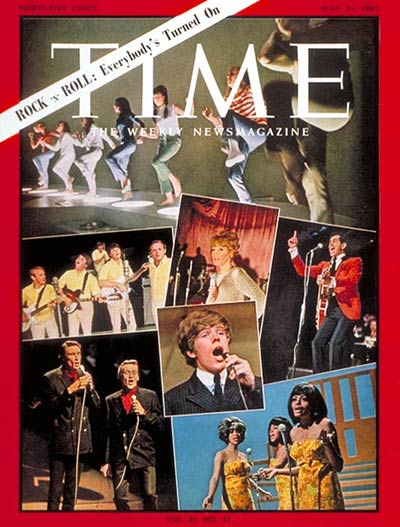
The phrase rock ‘n’ roll first popped up in the pages of TIME in 1955, with a mention that the music business had turned to a trend “known to the teen-age public as ‘cat music’ or ‘rock ‘n’ roll,'” distinguished by “a clanking, socked-out beat, a braying, honking saxophone, a belted vocal, and, too often, suggestive lyrics.”
The idea that rock was largely the music of teenagers became accepted truth. But when TIME devoted its May 21, 1965, cover story to the topic—precisely a half-century ago now—it turned out that it was mostly a myth.
Sure, teens liked the music of the bands listed by the magazine (and what a list: “The Trashmen. The Kinks. Goldie and the Gingerbreads. The Ripchords. Bent Fabric. Reparata and the Delrons. Barry and the Remains. The Pretty Things. The Emotions. The Detergents. Sam the Sham and the Pharaohs. The Guess Who’s. Cannibal and the Headhunters. Them. The Orlons. The Liver-birds. Wump and the Werbles”). In countries like Bulgaria, Cold-War-era governments launched propaganda campaigns to dissuade their young citizens from mimicking the haircuts of the capitalist Beatles. Even in the U.S., a Senate subcommittee was formed to investigate whether the music contributed to juvenile delinquency. Academics studied the subject too, investigating whether the new music was messing with young Americans’ morals.
It’s just that the listeners weren’t only teenagers. The stereotype of the old fogey who hates all that noise turned out not to be true. Even the too-cool-for-pop-music college kids who flocked to folk and jazz were coming around; “On campus, where it once was squaresville to flip for the rock scene, it now is the wiggiest of kicks,” TIME declared.
In fact, when grown-ups started admitting in the ’60s that they actually liked rock, the record companies responded with a big “I told you so,” as the magazine explained:
The sudden public acceptance of rock ‘n’ roll by so many people who supposedly should know better came as no surprise to the record and radio industries. Their surveys have long shown the existence of a vast underground of adult rock ‘n’ roll fans, including those who were raised on Elvis Presley and, though too embarrassed to admit it, never outgrew their hound-dog tastes. Today more than 40% of the “teen beat” records sold in the U.S. are bought by persons over 20. When a Manhattan rock ‘n’ roll disk jockey solicited votes for a “rate the record” feature one recent school-day morning, the station was deluged with 18,000 phone calls, all but a few from housewives. The same feature, aired during prime teen-age listening times, never drew more than 12,000 calls. With a seismographic eye on their markets, many of the sponsors for rock ‘n’ roll radio and TV shows are such Mom-oriented products as detergents, baby lotions and dishwashers.
By 1965, pop music was truly popular: it was the music of everyone everywhere. But while record-label honchos could certainly gloat about that fact, not everyone was happy about it. “We no sooner develop a new dance or something,” one teenager lamented to TIME’s rock reporter, “and our parents are doing it.”
Read the whole story, here in the TIME Vault: The Sound of the Sixties
Musicians on the Cover of TIME

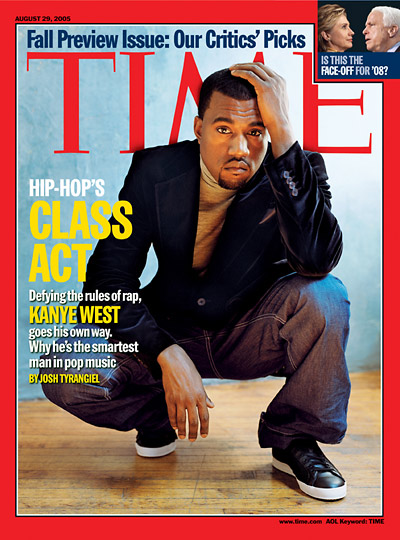
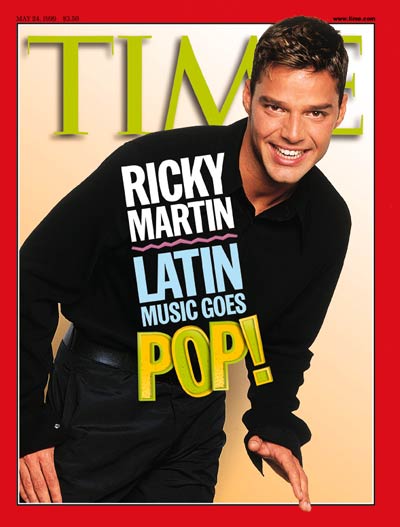
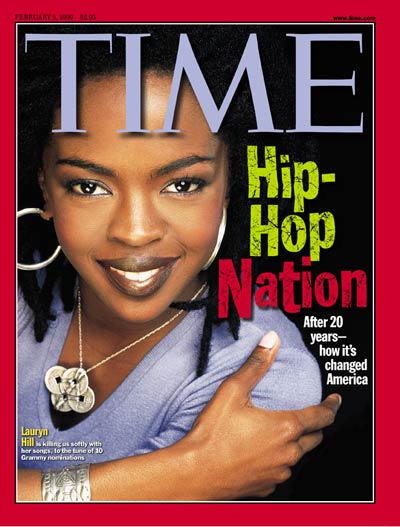
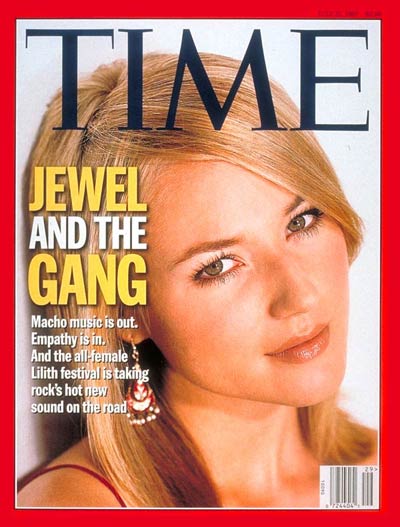
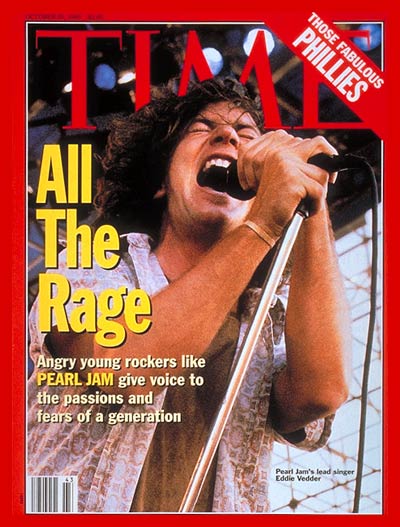
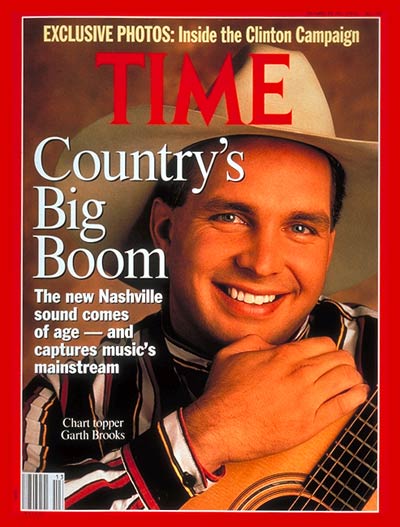
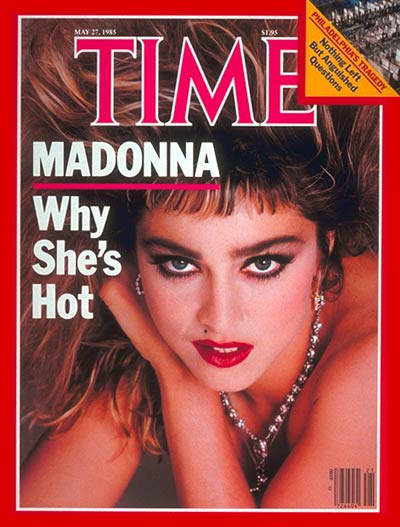
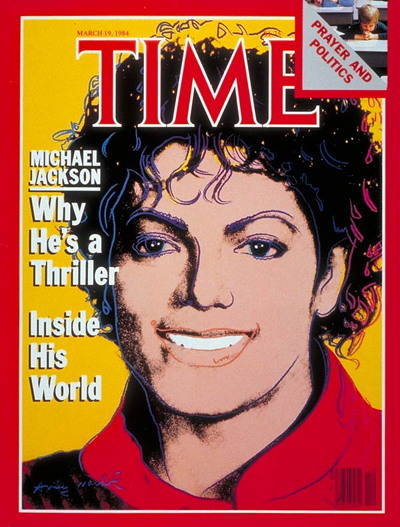
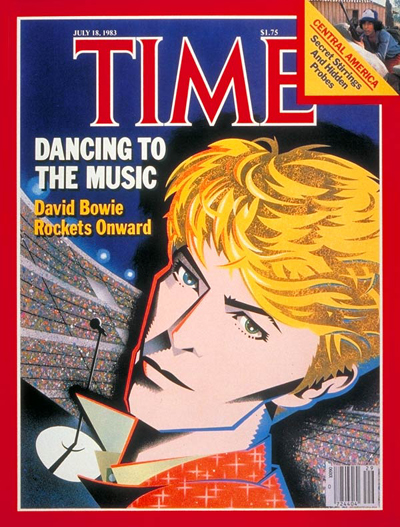
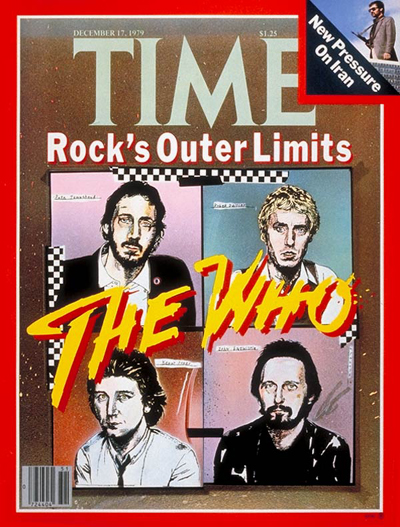
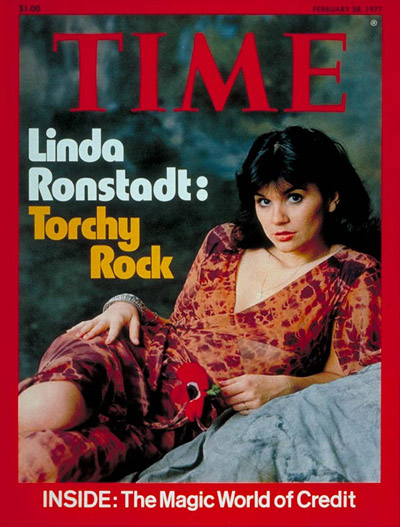
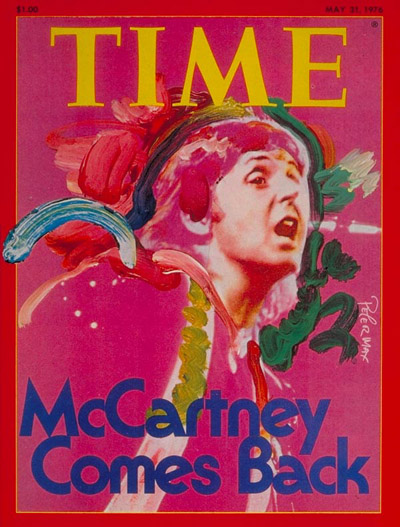
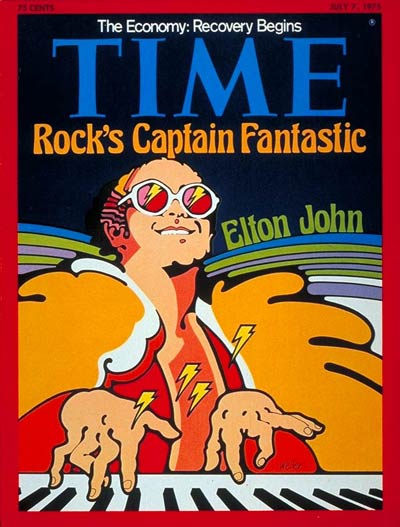
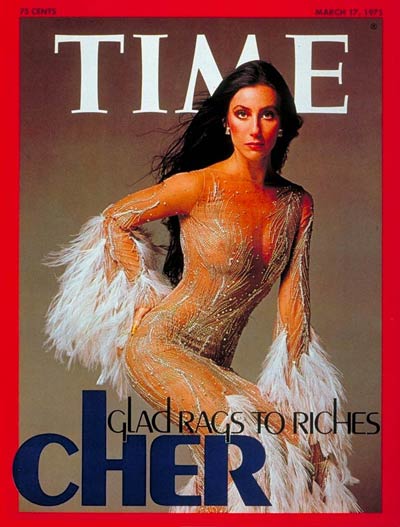
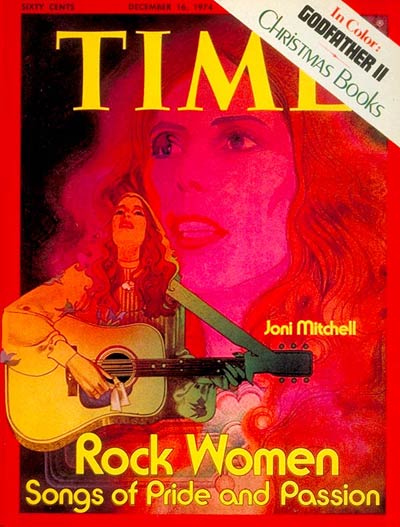
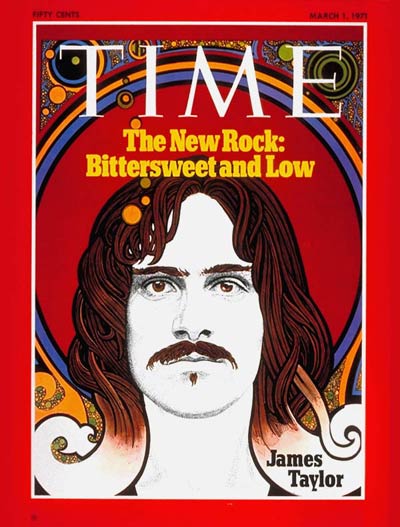
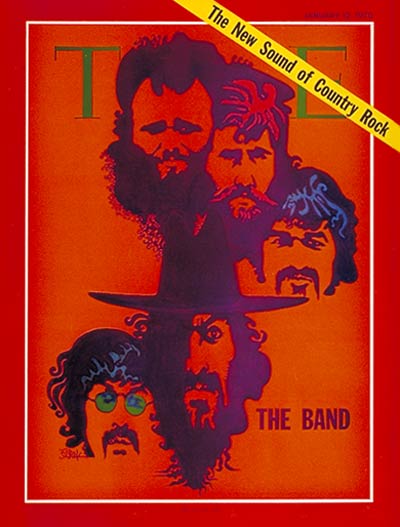
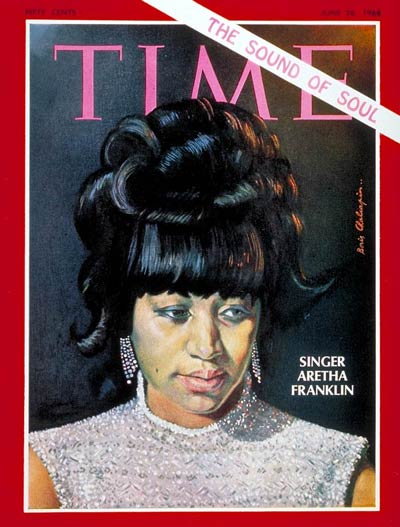
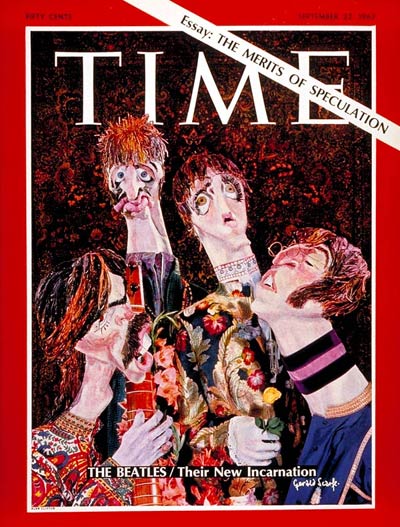
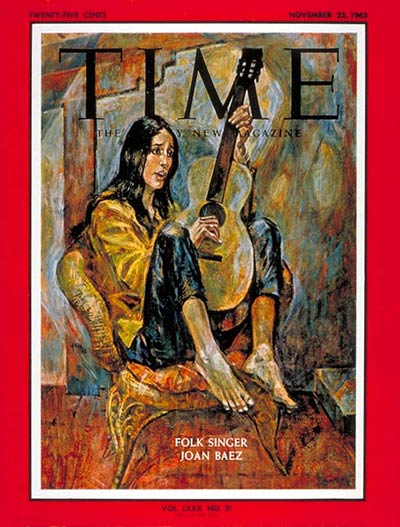
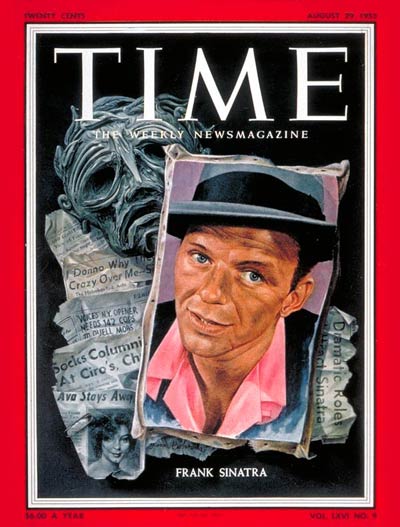
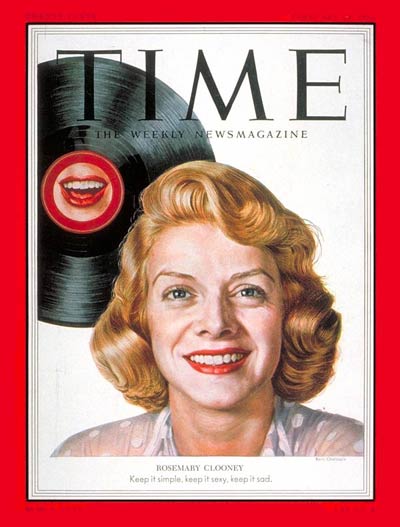
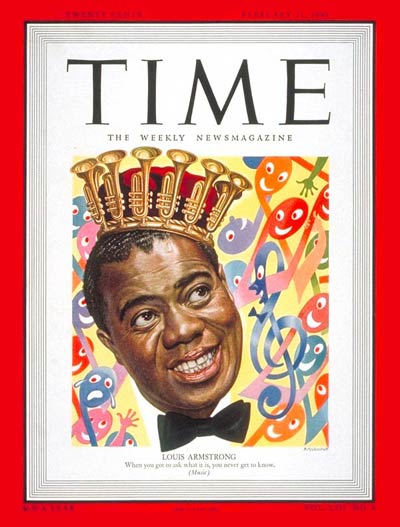
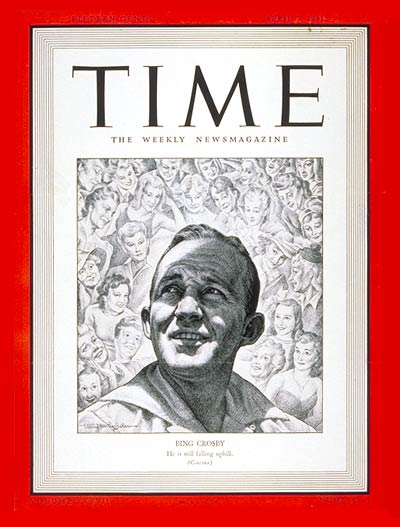
More Must-Reads from TIME
- Cybersecurity Experts Are Sounding the Alarm on DOGE
- Meet the 2025 Women of the Year
- The Harsh Truth About Disability Inclusion
- Why Do More Young Adults Have Cancer?
- Colman Domingo Leads With Radical Love
- How to Get Better at Doing Things Alone
- Michelle Zauner Stares Down the Darkness
Write to Lily Rothman at lily.rothman@time.com